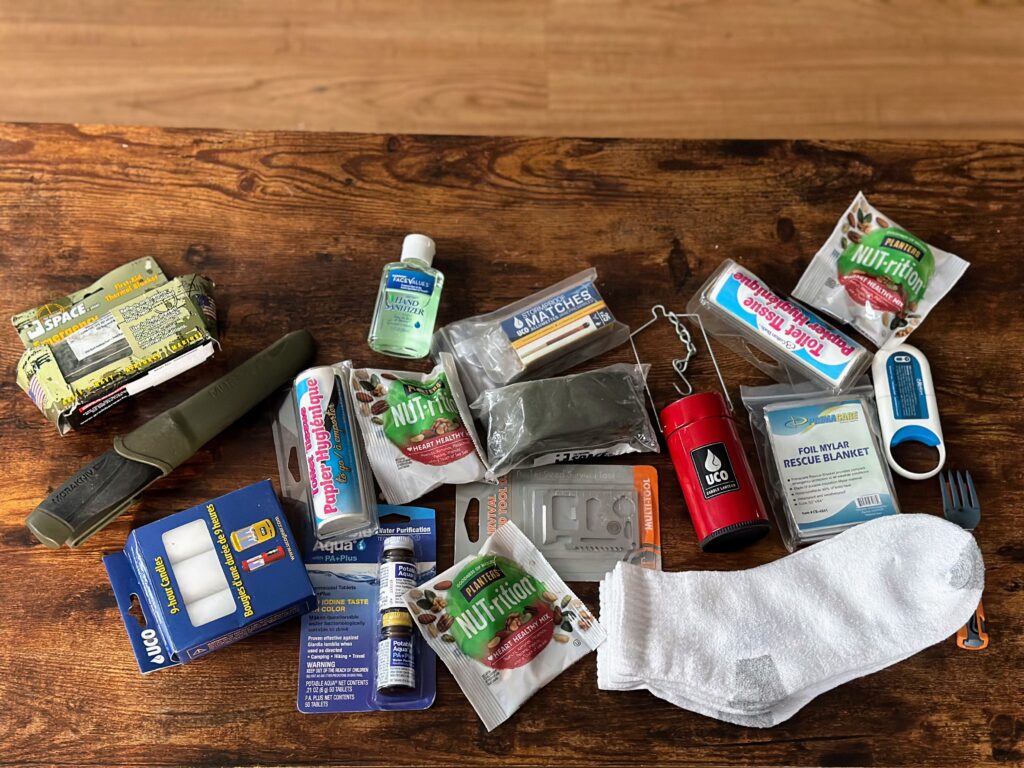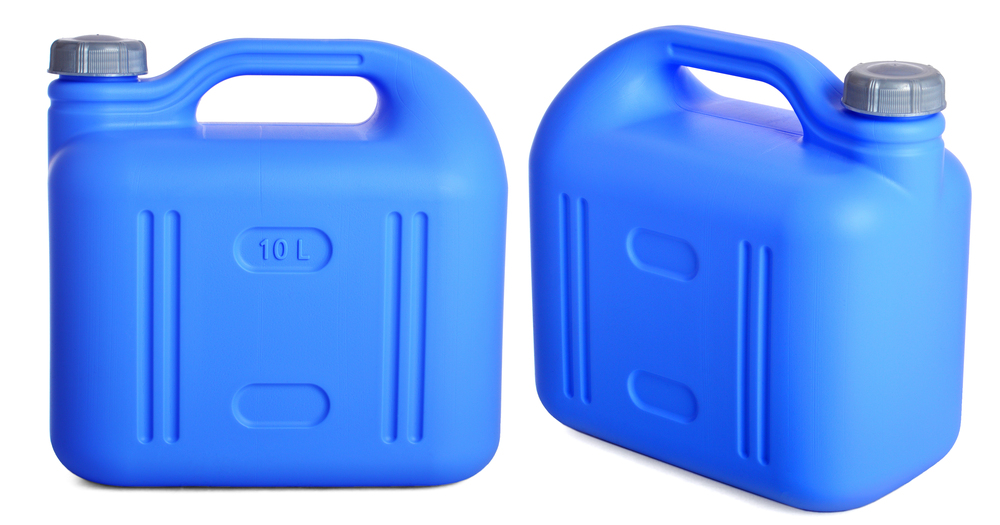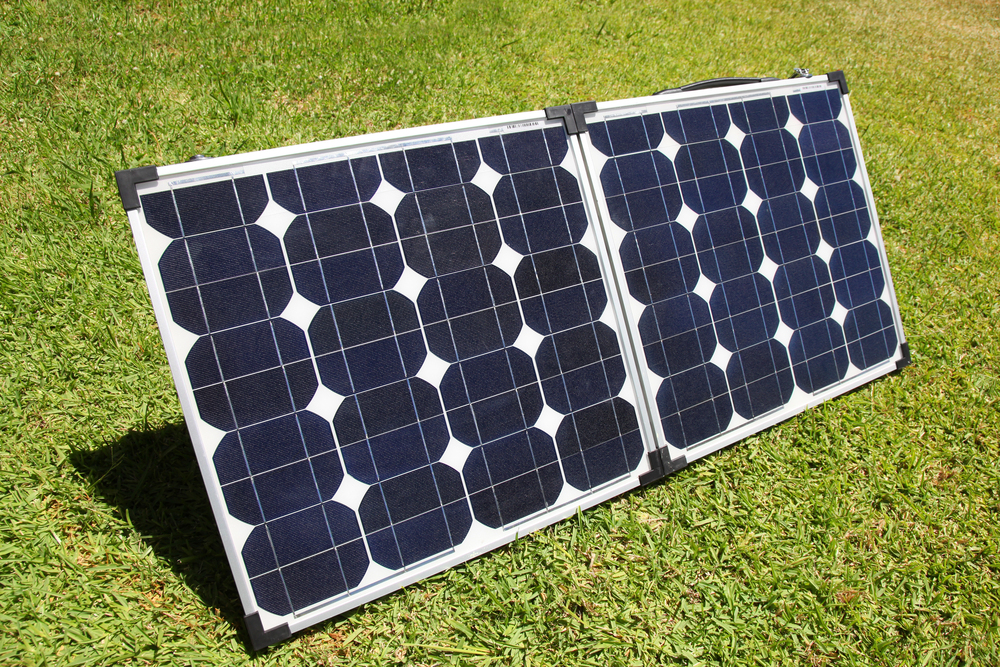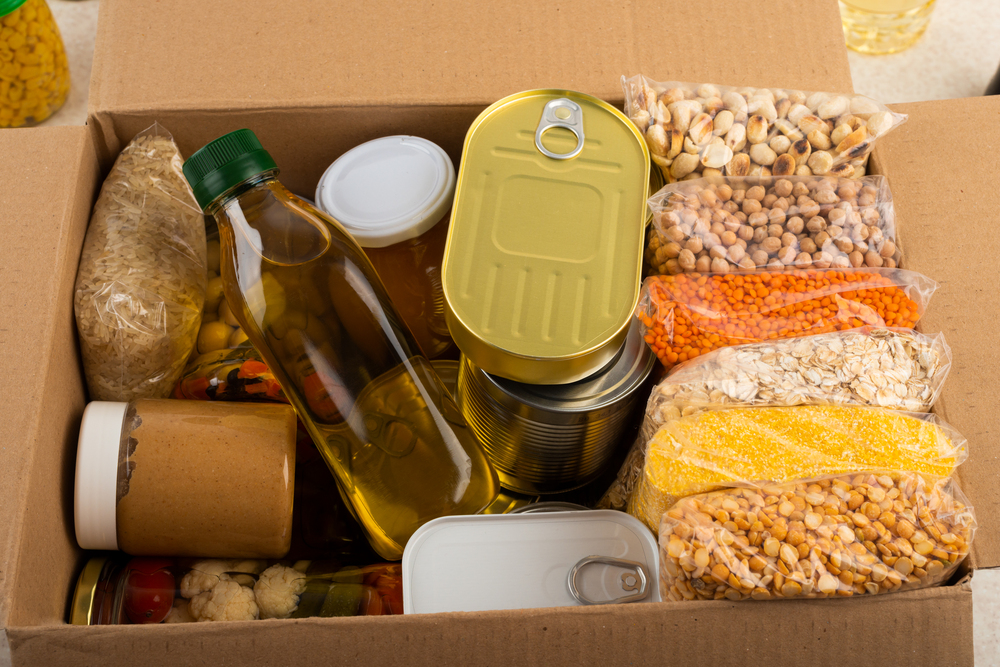A bug-out bag is the bag that you will grab as you are running out the door when you are forced to evacuate your home. Don’t wait until the last minute to pack one, though, and don’t just pack like you’re going on vacation.
You may be walking with that bag on your back for miles, and the lives of your family and loved ones may depend on what’s in the bag. You need a bug-out bag checklist, with careful consideration for every ounce of weight you’re putting in there.
None of us want to have to leave our homes, but it may be a matter of life and death at some point. That’s why you have to make a plan for how to bug out, and that includes your BOB (bug-out bag.) There can be many reasons why you’d need to evacuate. Forest fires are a big one. I live in a rural area, and so do a lot of preppers. Good news: we’re further away from big population centers. Bad news: Forest fires can happen, especially if there’s a drought.
During the California forest fires of 2017-2019, an estimated 1.1 million people had to evacuate.
Other reasons you might have to evacuate: earthquake, floods, tornadoes, civil war, terrorist attack, grid down situation if you’re not prepared to live off-grid. No matter how much beans and bullets you have stockpiled at your prepper cabin, if the forest is burning down or your house is about to be under water or tens of thousands of starving city-dwellers are marching towards your house, or an earthquake just destroyed your house and you have nothing left, you need to leave or die.
So don’t want until the trees next to your house are on fire. Grab a piece of paper right now and make a list of your…
Bug-Out Bag Essentials.

One thing to keep in mind is that you’re going to need to make a bug-out bag checklist for each person in your family.
Yes, any of your kids that are old enough to walk need a kid’s bug-out bag.
So, every person in your house needs their own bag, and the contents will vary depending on individual needs. If someone has special food requirements, or medication, they should have that in their bag. For medication, you may want to divide your supplies between two people’s bug-out bags, so you will still have the medication in case a bug-out bag gets lost, stolen, abandoned or damaged.
How Many Days Should A Bug-Out Bag Last?
A bug-out bag is meant to sustain you for at least a few days while you get from your house to your destination. It’s also referred to as a 72-hour bag. It’s going to be hard to carry more supplies than that, and potentially walk with it for miles. Realistically, given that most people in this country aren’t that fit any more, it’s going to be hard for most people to do even that much.
So you will want to have enough essential supplies to last you, and each member of your family, for at least three days.
If you are an over-packer like me, I feel your pain. I want to bring EVERYTHING. I want to just pack up my house and put it on my back and carry it with me. I’d like to bring my hot shower, my stove, my refrigerator…
But every single ounce that you put in that backpack has to serve a vital purpose.
How Much Weight Should You Carry In Your Bug-Out Bag?
To get an idea of how much you can carry right now, fill up your backpack, weigh it, and then walk down the street and see how long it takes for you to get tired and out of breath.
According to most recommendations, your backpack should carry about 10 to 20 percent of your body weight, depending on your fitness level. So if you weigh 160 pounds and are in poor shape, you should carry about 16 pounds, max, and yes, that includes the bug-out bag itself.
If you try to stuff your bug-out bag full of everything you could ever possibly want, you are going to end up not only ditching half your stuff…which could leave a trail that could lead people to find you…you’re also risking injury.
You do not want to injure yourself in a bug-out situation. It is unlikely that you’ll be able to get to a hospital.
Now is the time to work on your fitness, by taking your family on hikes with backpacks with a light amount of gear packed, and see how far you can safely get. Set goals to increase the distance and weight. (Stay on trails, make sure you have the essentials with you, et cetera.) Walking with a backpack on a treadmill is also a good way to start building up your stamina.
If you work out consistently enough, you should be able to increase the amount that you can comfortably carry by at least a few pounds, and that can be a couple of extra days worth of food, which could be a lifesaver.
What Should You Put In Your Bug-Out Bag?
My bug-out bag checklist is divided into sections.
Nourishment
1.) Dehydrated foods are light. To eat them, you need access to clean, safe water to re-hydrate them with.
Or you can pack ready-to-eat food like MREs, some of which come with their own heater.
Don’t bring food that is excessively salty unless you have unrestricted access to clean, safe, water, because salty foods will dehydrate you.
You want a good mix of carbohydrates, fiber, and protein. Dried fruit and nut mixes are great, providing carbohydrates and protein and fiber.
I have hard-tack in my bug-out bag, made with whole wheat flour. It’s not delicious and it needs re-hydrating, but it’s got fiber and carbs and it’s light and lasts just about forever. Granola bars are good choices, so is beef jerky.
2.) Sugar, powdered milk for coffee, and salt.
Water/Drinks
1.) A leak-proof canteen, filled with clean water.
2.) Packets of electrolites.
3.) Teabags or packets of instant coffee. Three-in-one coffee packets are great, they have instant coffee, powdered milk and sugar.
2.) Water purifying supplies like tablets, and some type of water filter.
Tools
4.) A small foldable camping stove that can use different types of fuel, including wood. You don’t want a camping stove that depends solely on fuel that you may run out of.
5.) Utensils – small, light
6.) A cooking pot. Boil your water before purifying, as long as it’s safe for you to light a fire.
8.) A folding camping shovel
9.) A portable ax for chopping firewood
10.) A multi-tool which includes things like a wire stripper, a knife, scissors, a screwdriver
11.) A can opener
12.) Paracord
13.) Hand-warmers if it’s cold
14.) Batteries
15.) A Silcock Key, if you’re going to be in an urban environment. There are spigots on the outside of many municipal and commercial buildings which can only be opened with a silcock key.
Shelter
1.) A very small, light portable tent
2.) A sleeping bag
3.) A roll-up mat so you aren’t sleeping on the cold ground and getting hypothermia. Alternatively, you can make a bed of leaf debris to put under your sleeping bag, or sleep sitting up propped against a tree if the ground is very cold.
4.) Space blankets that reflect body heat, and can also be used to make into a tent by stringing it between two trees, or sticks, using your paracord or other rope
Hygiene/comfort items
1.) Toilet paper
2.) Hand sanitizer
3.) Sanitary wipes
4.) Small towel and/or wash-cloth
5.) Deodorant
6.) Toothpaste/toothbrush
7.) Shampoo
Navigation
1.) Paper maps
2.) Compass
3.) Binoculars/telescope – small, light, portable
Documentation
1.) Important documents such as identification papers, medical information
2.) For your kids, contact information for you and for other family members in case they get separated from you.
First-Aid Kit
Small, light, portable.
Light Sources
1.) Flashlights, with extra batteries. Hand-crank flashlights are GREAT.
2.) Long-burning candles, with a small collapsible lantern to put them in
3.) Waterproof matches
4.) Headlamp-flashlight, which is great for hands-free vision at night
Fire-Starters
1.) Matches – waterproof.
2.) Dryer lint. Fantastic fire-starter.
3.) Steel wool and 9 volt battery – can be used to start a fire. Rub some strands of the steel wool on both battery terminals, and you will get sparks.
4.) Cotton balls coated with petroleum jelly – excellent for starting a camp-fire.
5.) Ferro Rod. Gather your tinder, put it in a pile, and strike the ferro rod against the striker until it sparks. (Affiliate link, but this is also what I use.)
Entertainment
If you are physically able to fit it these items in your backpack and carry them, you can add them to your bug-out bag checklist. Decks of cards, portable chess and checkers sets or other games, can be a way to pass the time and keep your sanity while you’re in a stressful situation and don’t have access to the usual comforts and distractions like TV or video games.
Fitness
I know, I addressed this earlier, but it can not be said enough. This is going to be a LOT to carry, folks. It is harder than you think, unless you are in great physical shape. That should not discourage you; it should light a fire under your butt. Get those supplies, get to the gym, get your family to the gym with you, go on hikes.
I hope and pray for all of us that we never need to bug out, but even if we don’t, there is no downside for getting in shape, and having emergency survival supplies on hand. I’d recommend taking your bug-out bags on camping trips with your family, use the items, get comfortable with them, and get used to carrying that weight. You can also do camp-outs in your backyard. Make sure that you follow safe fire-starting practices if you use any of the fire-starting materials in your bug-out bag.






